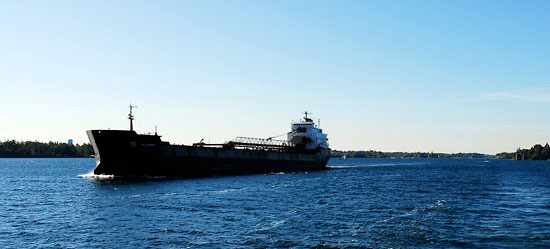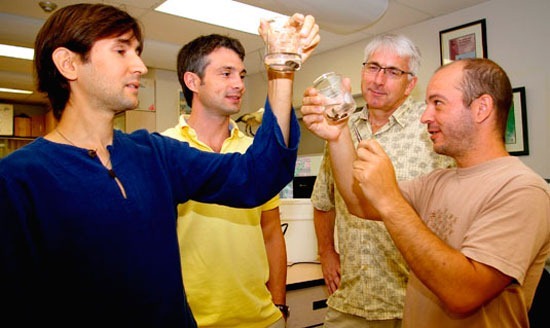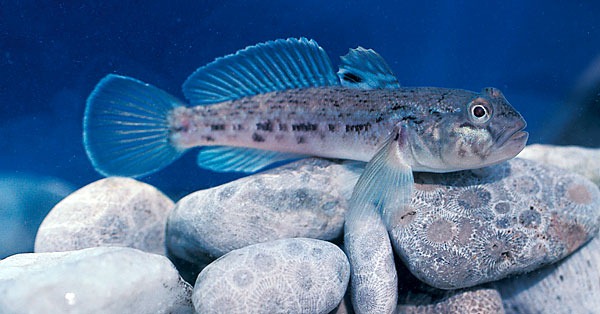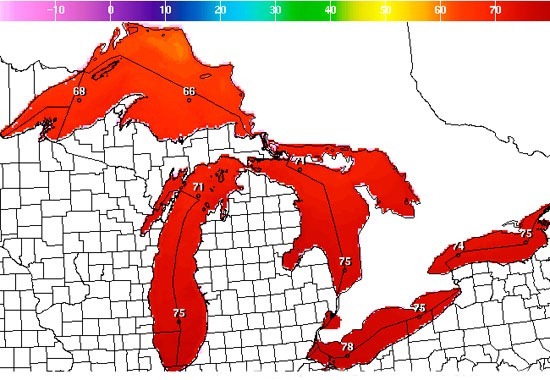Liquid Potash Treatment In Lake Winnipeg Successfully Kills Off Zebra Mussels
0In May 2014, the government of Manitoba was making plans to treat invasive zebra mussels in Lake Winnipeg with potash, a type of fertilizer. Officials didn’t know if the idea would work, but were willing to try given the lake’s losing battle with the invasive.
Plans called for four harbors in Lake Winnipeg to be sectioned off and then flooded with the liquid fertilizer. There was plenty of speculation if the treatment would kill off zebra mussels at all, as few studies gave concrete evidence of it working elsewhere.

Victoria Beach, Lake Winnipeg. (Credit: Shahnoor Habib Munmun via Creative Commons)
But Manitoba officials, in a first-of-its-kind experiment, injected so much liquid potash that zebra mussels were effectively suffocated.
“We’ve won the first battle in what is likely to be a long war and it must be a hard-fought war,” said Gord Mackintosh, conservation minister. “There is a good chance that zebra mussels are still lurking outside of the treated harbour areas. We have got to detect wherever these zebra mussels might be.”

Cluster of zebra mussels. (Credit: D. Jude, University of Michigan)
The province has since shifted its focus to monitoring Lake Winnipeg and trying to keep other invasive species out. These efforts include boat checks and inspections, as well as continuing work in the middle of the lake to search for mussels.
“We have to remain hopeful that we’re doing everything we can to stave off, to prevent the spread (of invasives),” said Laureen Janusz, fisheries biologist with Manitoba Conservation.













